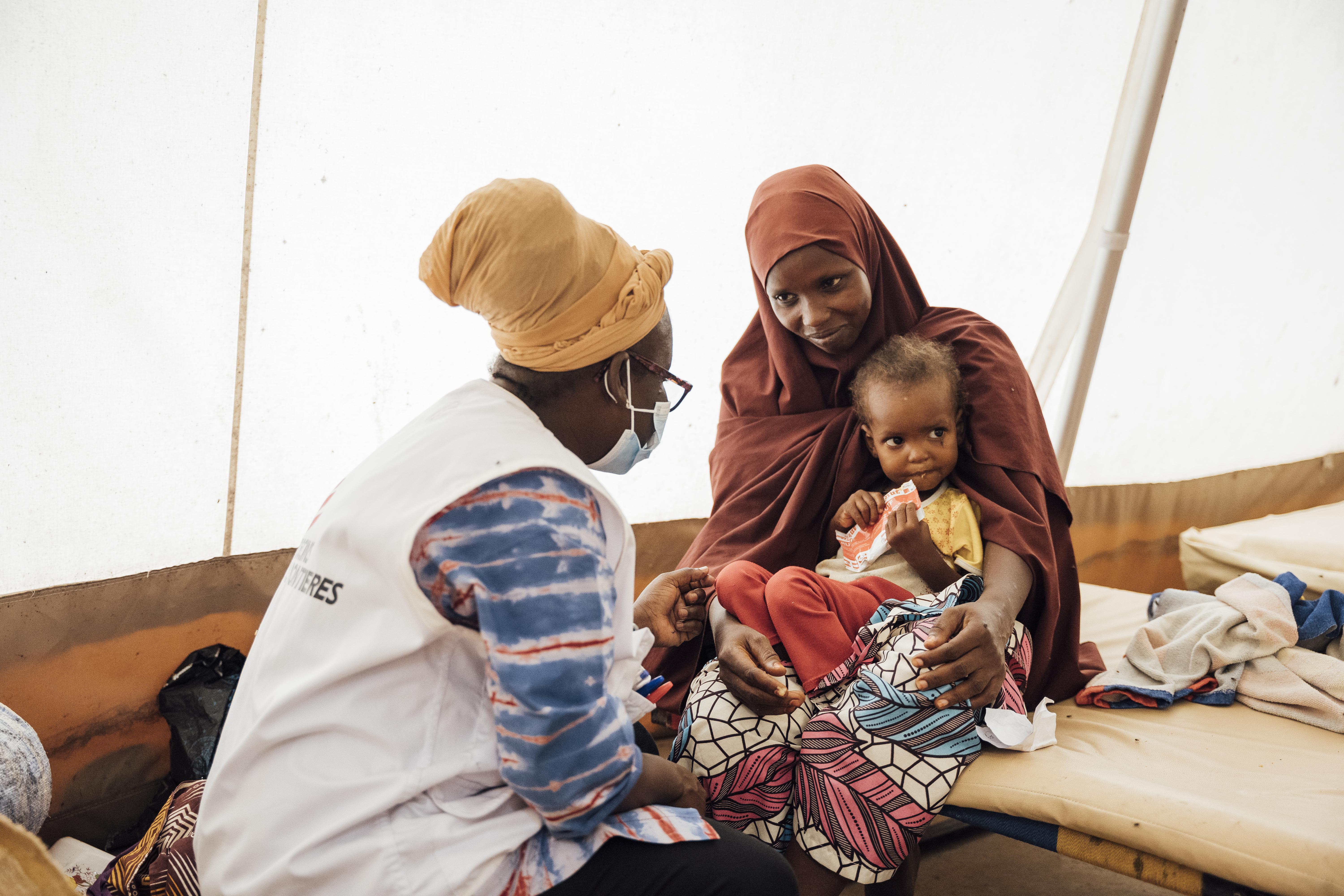What is Marburg Virus Disease?
According to the World Health organization (WHO), Marburg Virus Disease (MVD) is a severe, often fatal haemorrhagic fever caused by the Marburg virus, which is transmitted to humans from fruit bats and spreads through person-to-person contact. Symptoms include fever, vomiting, diarrhea, and bleeding.
How dangerous is it for the people affected?
It is highly dangerous, with a mortality rate ranging from close to 25% to almost 90% depending on the outbreak and the availability of medical care. Without prompt treatment, MVD can quickly lead to organ failure and death.
What are the key measures to put in place ASAP when confirmed Marburg cases are detected?
Immediate isolation of infected individuals, rigorous contact tracing, and the establishment of treatment centers with proper infection control measures are critical. Public health campaigns and quarantine measures should also be enforced.
How stakeholders coordinate to contain the spread of the disease and limit its mortality?
An efficient response to such an outbreak involves key pillars usually coordinated by local health authorities with the support of medical and technical partners such as the WHO, MSF, and other international partners.
Containment strategies such as isolation of cases, safe burials, contact tracing, and information dissemination need to be rapidly put in place in order to educate local communities and families living in the area on how to better prevent contamination
What are the pillars of the health response and which ones will MSF support?
Key pillars to ensure an efficient response to an haemorrhagic fever outbreak such as Marburg usually include:
- Early Detection and Surveillance: The surveillance systems aims at quickly identifying suspected cases and track the spread of the virus, using case reporting systems and diagnostic labs.
- Rapid Response Teams and Training: This include the deployment of experienced response teams providing training to health workers on infection control and case management while ensuring they are equipped with the necessary Personal Protective Equipment (PPE),
- Isolation and Treatment Centers: Set up specialized treatment centers for infected patients, ensuring proper isolation, intensive care, and access to treatments.
- Community Engagement and Education: Engage local communities to raise awareness about transmission risks, prevention methods, and safe burial practices, while promoting cooperation with health authorities and control measures.
- International Collaboration and Resource Mobilization: Under the coordination of national health authorities, share resources, expertise, and logistical support, ensuring that the necessary equipment such as PPE, medical supplies and staff are available.
- Safe Burial Practices: Implement safe burial practices to prevent the spread of the virus during funerals and handling of the deceased.
How does a treatment unit/ center look like?
A treatment unit for Marburg Virus Disease is usually equipped with isolation units, personal protective equipment (PPE) for healthcare workers, and diagnostic facilities for rapid virus detection.
These centres offer care, such as intravenous fluids, electrolyte management, and intensive monitoring, while minimizing the risk of cross-contamination between patients and healthcare workers. Additionally, they can serve as a hub for infection control and for educating the people living in area about preventive measures.
What can anyone do to reduce the risks of being infected?
To reduce the risk, people are asked to increase their daily hygiene, try to avoid physical contact more than usual and follow health advisories for quarantine and travel restrictions issued by official bodies.
Practically speaking, this means:
- Avoiding contact with people showing symptoms, and prevent as much as possible direct contact with bodily fluids and avoid sharing any instruments, utensils or items that could contribute to transmitting the disease.
- Regular handwashing with soap and water, disinfecting surfaces, and using hand sanitizers.
- Avoiding touching sick or dead animals, especially fruit bats, which can be a source of transmission.
- Ensuring that bodies of deceased people are handled by trained personnel following safe burial protocols to prevent further exposure.
- Complying with quarantine and travel restrictions issued by health authorities and practice social distancing when recommended.



